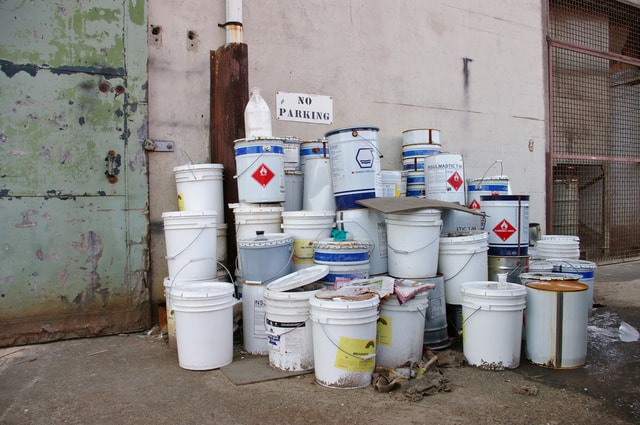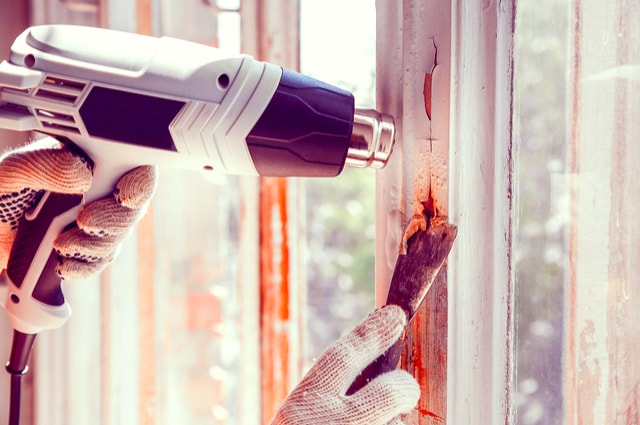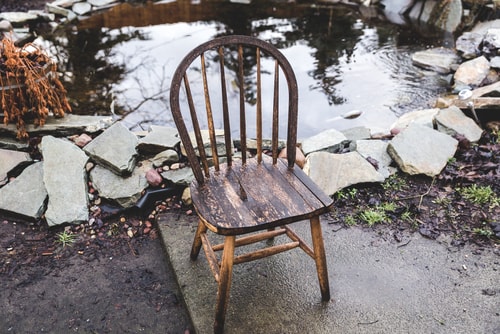Paint removal is the process of removing paints from things such as doors, radiators, benches and fireplaces. Normally, the need to remove paints is to replace it with some newer or better brand; depending on the level of painting, the process of striping may be simple or complex. Continue reading “Paint Remover Poisoning First Aid”
The Many Dangers of Paint Stripping
When you want to remove old paint without damaging underlying wood, the most common solution you will find is paint stripping. This is a method that also comes with a downside because it relies on dangerous chemicals to remove the paint. Continue reading “The Many Dangers of Paint Stripping”
How To Keep Your Wooden Garden Furniture In The Best Shape
Hand crafted and bespoke wooden garden furniture is always made with; time honoured skills from high quality timbers that should be from an authorised renewable source. Such beautifully made wooden garden furniture will retain its unique characteristics for many years to come if given the care it deserves.
Roble
A recently introduced hardwood from the managed forests of Costa Rica, roble produces timbers with elegant, pale golden tones. The wood contains a high percentage of natural oils and tree resin which enables it to withstand extreme weather conditions throughout the year and requires very little maintenance. To keep it clean, use a weak solution of soapy water to sponge away any dirt and allow to dry before applying a light layer of linseed oil or wax specifically designed to care for roble wood.
Teak
Teak is often a popular choice for high quality garden furniture due to its strength and resilience in harsh or wet conditions and its resistance to decay and insect infestations. The timbers naturally breathe, expanding and retracting in response to the moisture in the air, occasionally causing tiny surface cracks to appear. These will notdamage the wood, but can encourage stains. Scrub clean with a soft, bristle brush and warm soapy water. Resist the temptation to use a wire brush as small fragments can become embedded in the cracks and will eventually rust. A fine sandpaper can be used to remove stubborn stains. Teak can be re-oiled or left to mellow naturally.
Cedar
Available in Western Red or Northern White varieties, cedar is an extremely durable hardwood, traditionally used for outdoor garden furniture. Its closely grained timbers are highly resistant to decay and attacks from insects. Cedar can be coated with wood stain or paint or left to acquire a natural, elegant sheen, although in shady conditions it can become stained. A very mild solution of soapy water and a little bleach will remove stains. For best results, apply a light coating of an ecologically sound oil enriched sealant ever two years.
Mahogany
The rich, reddish brown tones of mahogany add a beautiful elegance to garden furniture but needs protection from the extremes of wet conditions and direct sunlight. Clean with a soft cloth that has been dipped into a solution of vinegar and water, then wrung out until it is just damp. Mahogany benefits from an application of an environmentally friendly water or oil based sealant. When not in use, store in a damp free shed.
Acacia
When coated with a sealant, acacia will last for many years but is still best placed in storage during the winter months as excess moisture will cause the timbers to warp. Avoid the use of acacia garden furniture near swimming pools as it can be damaged by chlorine. Regularly remove stains and dirt with a soft brush and soapy water ensuring any residue is rinsed off well and then dry thoroughly with a cloth.






